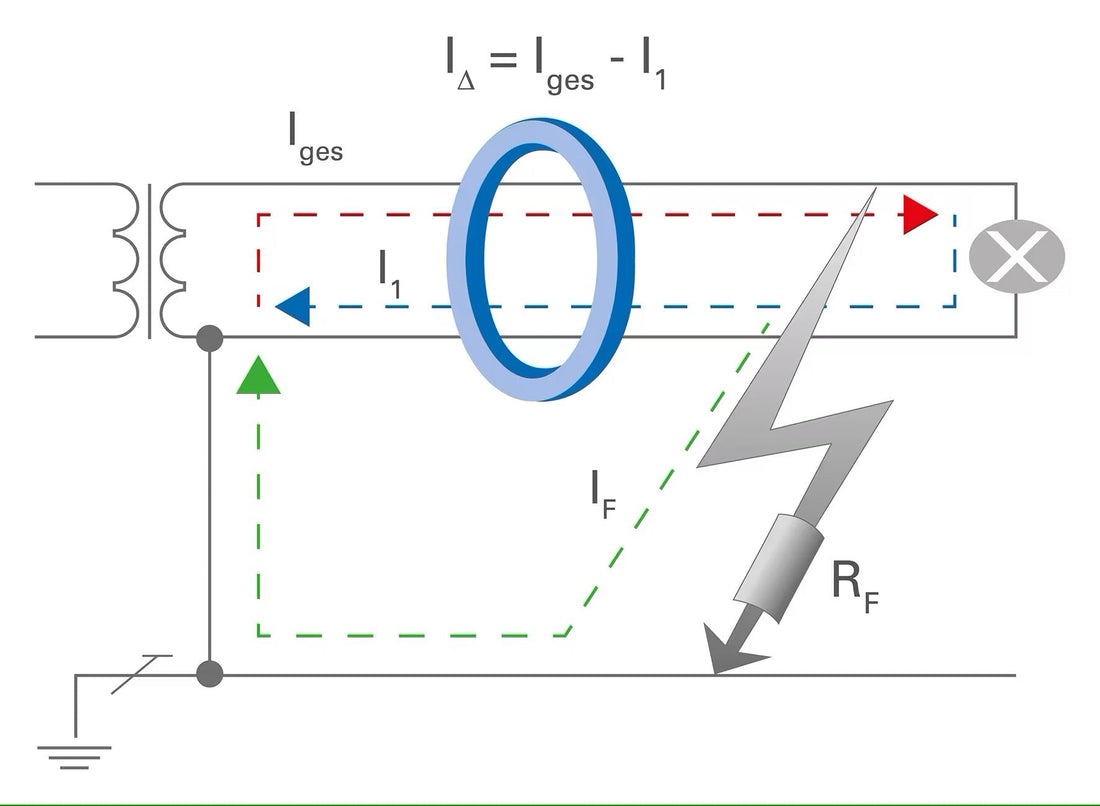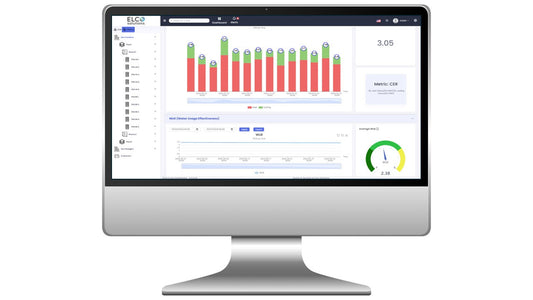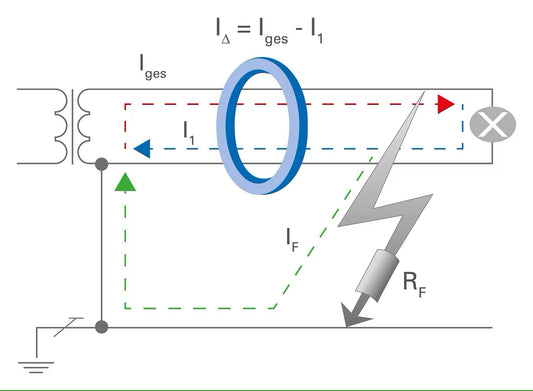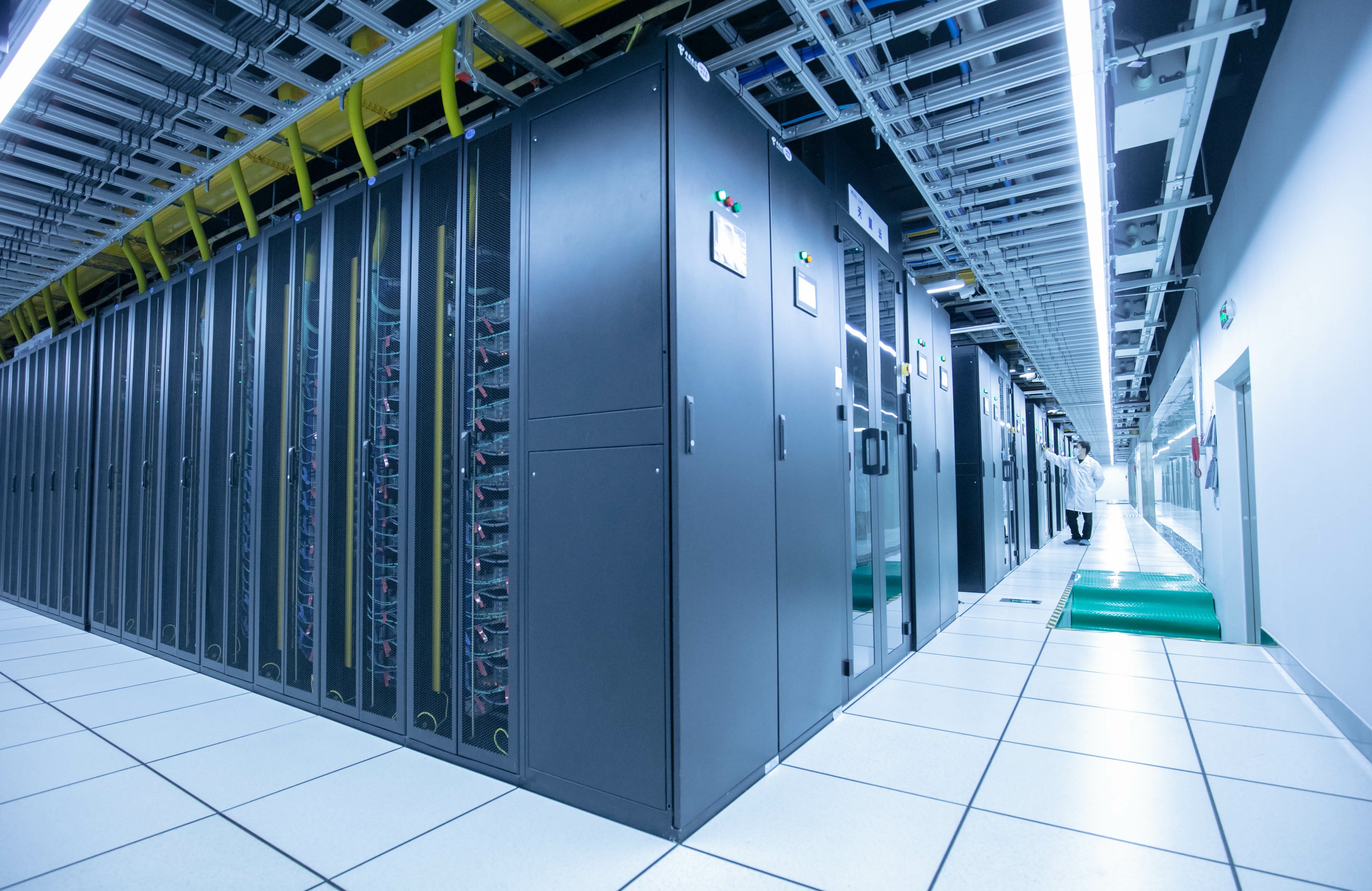Greater safety, higher system availability, reduced fire hazard
In many systems, a key feature for achieving safety is the use of circuit breakers that disconnect individual consumers or entire circuits in good time if there is a fault. This is not optimal, however, as shutdowns then occur without warning. With a new generation of measurement devices from Janitza for residual current monitoring, you can get a whole lot closer to fail-safe system safety.

When it comes to industrial systems, safety is paramount. Ensuring the safety of personnel and protecting assets from potential hazards is a top priority for any organization. One way to achieve greater safety, higher system availability, and reduced fire hazard is by implementing advanced safety measures and technologies.
What are the benefits of greater safety?
Enhancing safety in industrial settings not only protects employees and equipment but also leads to increased productivity and efficiency. By reducing the risk of accidents and injuries, companies can minimize downtime and avoid costly disruptions to operations.
How can higher system availability be achieved?
Higher system availability is crucial for maintaining smooth operations and meeting production targets. Implementing preventive maintenance schedules, utilizing redundant systems, and investing in reliable equipment can help improve system availability and minimize unplanned downtime.
How can fire hazards be reduced?
Fire hazards pose a significant risk in industrial environments, where flammable materials and high temperatures are common. To reduce the risk of fires, organizations can implement fire detection and suppression systems, conduct regular safety inspections, and provide employee training on fire safety protocols.
What role do advanced technologies play in enhancing safety?
Advanced technologies such as sensors, automation systems, and predictive analytics can play a crucial role in enhancing safety in industrial settings. These technologies can help detect potential hazards, monitor equipment performance, and provide real-time insights to prevent accidents before they occur.
How can organizations ensure compliance with safety regulations?
Compliance with safety regulations is essential for protecting employees and avoiding costly fines and penalties. Organizations can ensure compliance by staying up to date with industry standards, conducting regular safety audits, and providing ongoing training to employees on safety protocols and procedures.
By prioritizing safety, system availability, and fire hazard reduction, organizations can create a secure and efficient work environment that benefits both employees and the bottom line. Investing in advanced safety measures and technologies is not only a smart business decision but also a moral imperative to protect the well-being of all individuals in the workplace.






